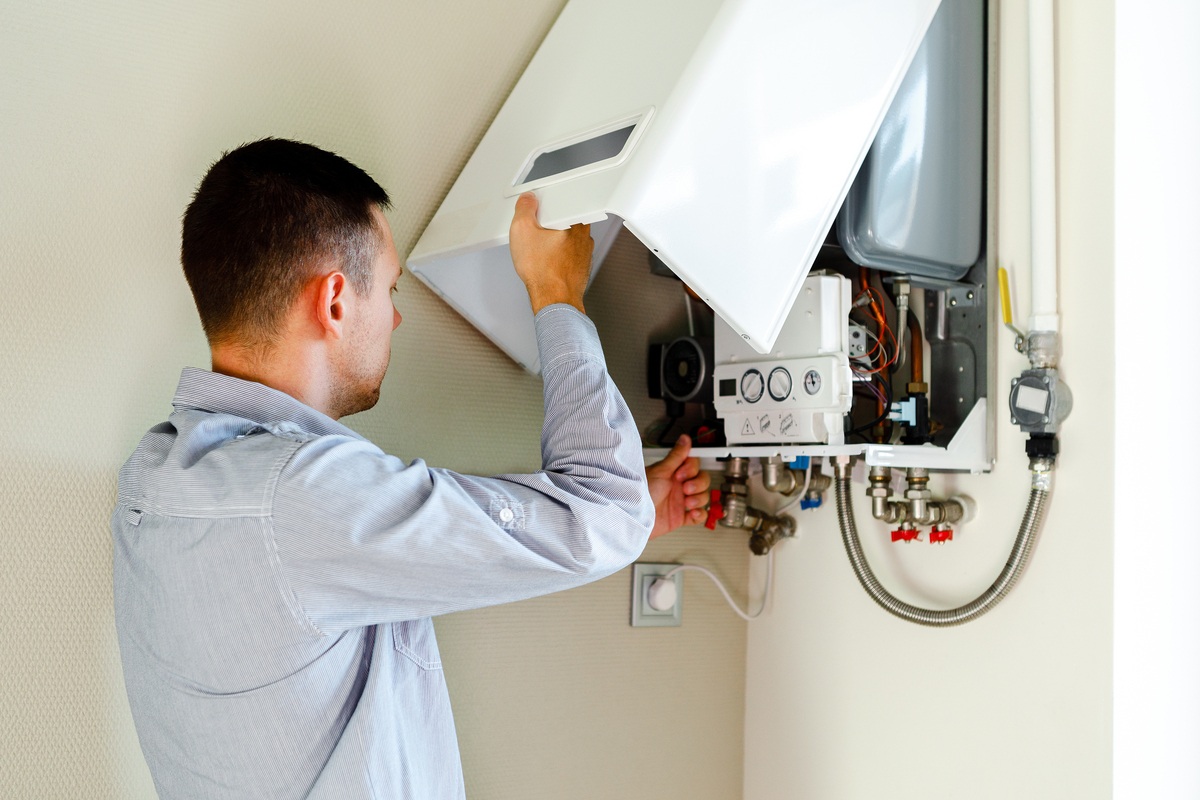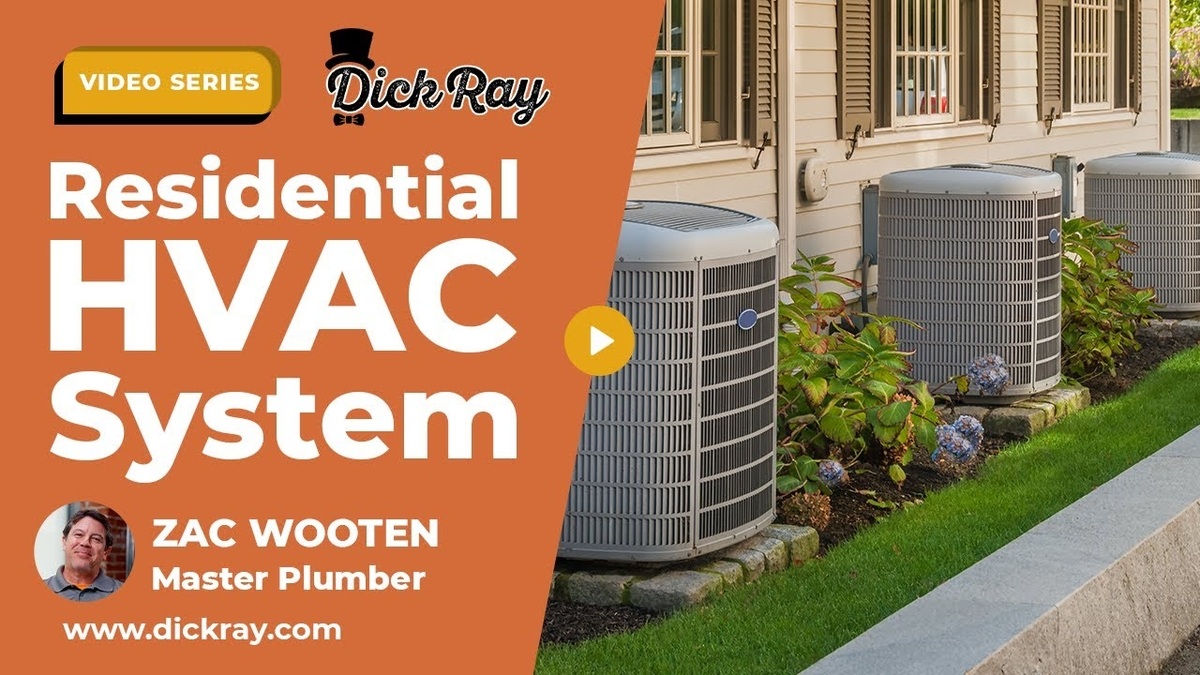Selecting the right size of heat pump is essential for maintaining a comfortable home environment. An undersized heat pump will struggle to meet heating and cooling demands, while an oversized one can result in inefficiencies and discomfort. Exploring the factors involved in determining the ideal heat pump size will ensure optimal comfort and efficiency for your home.
What Size of Heat Pump Do You Need?
To determine the right size of heat pump for your home, you need to consider the square footage, insulation, windows, and occupancy. Modern guidelines suggest one ton of cooling capacity for every 700 square feet of living space. However, a precise load calculation performed by a professional is the best way to ensure your heat pump is perfectly sized for your specific needs.
Understanding Heat Pumps vs. Air Conditioners
Heat pumps and air conditioners function similarly in many ways. Both systems can cool your home, but a heat pump has the added advantage of providing heat during the winter. This dual functionality makes heat pumps a popular choice for homeowners looking to streamline their HVAC system. However, the key to maximizing the benefits of a heat pump lies in choosing the right size.
Traditional Sizing Methods: A Rule of Thumb
In the past, a common rule of thumb for sizing a heat pump or air conditioner was to allocate one ton of cooling capacity for every 500 square feet of living space. This rule meant that a 1,000 square foot house would require a 2-ton heat pump or air conditioner, equating to 24,000 BTUs of cooling capacity.
Modern Efficiency and Load Calculations
Today, homes are constructed with much higher efficiency standards. Improved insulation, more efficient windows, and advanced building materials mean that newer homes often require less cooling capacity per square foot. Currently, the recommendation is closer to one ton of cooling for every 700 square feet.
Performing a Load Calculation
To accurately determine the size of the heat pump you need, it’s essential to perform a load calculation. This calculation takes into account various factors such as:
- The total square footage of your home.
- The number and type of windows.
- The level of insulation in walls and attics.
- The number of occupants.
- The orientation of the house relative to the sun.
Importance of Proper Sizing: Humidity Control
An appropriately sized heat pump is vital not only for temperature control but also for managing humidity. If a heat pump is too large, it will cycle on and off frequently, cooling your home quickly but failing to dehumidify the air effectively. This can leave your home feeling cool but sticky.
Conversely, a heat pump that is too small will run continuously, struggling to reach the desired temperature and still not removing enough humidity. The perfect balance allows the heat pump to maintain a steady temperature while efficiently managing humidity levels, ensuring a comfortable living environment.
Old vs. New: Efficiency Standards
Older HVAC systems were often oversized due to less efficient building practices. Modern systems, however, are designed with efficiency in mind. A perfectly sized heat pump should be able to maintain your desired indoor temperature, even on the hottest days, without shutting off constantly.
Factors to Consider When Sizing a Heat Pump
When determining the right size of heat pump for your home, consider the following:
- Square Footage: Measure the total livable space to get an initial estimate.
- Insulation Quality: Better insulation reduces the load on the heat pump.
- Window Efficiency: High-efficiency windows can significantly impact the cooling and heating load.
- Occupancy: More occupants generate more heat, affecting the load calculation.
- House Orientation: The direction your house faces can influence heating and cooling needs due to sun exposure.
Balancing Size and Efficiency
A perfectly sized heat pump should be able to maintain your desired indoor temperature, even on the hottest days, without shutting off constantly. On a 100-degree day, a perfectly sized heat pump should keep your home at a comfortable temperature, such as 78 degrees, but it might not shut off all day. This continuous operation helps to remove humidity from the air, enhancing overall comfort.
Avoiding Oversizing and Undersizing
Oversizing a heat pump can lead to short cycling, where the system turns on and off frequently. This not only reduces efficiency but also fails to remove humidity effectively, leaving your home feeling sticky. Undersizing, on the other hand, causes the system to run constantly, struggling to maintain the desired temperature and still not adequately removing humidity.
Benefits of Professional Assessment
While the basic guidelines provide a good starting point, the most accurate way to determine the right size heat pump for your home is to have a professional perform a load calculation. Professionals use computer models that consider all relevant factors, including windows, insulation, occupancy, and house orientation. This ensures you get a heat pump that perfectly matches your home’s needs.
In Summary
Choosing the right size of heat pump is essential for ensuring your home remains comfortable year-round. By considering factors such as square footage, insulation, window efficiency, and occupancy, you can determine the appropriate size for your needs. Proper sizing will not only enhance comfort but also improve energy efficiency and humidity control.
For expert guidance and assistance in selecting the perfect heat pump for your home, contact us.




